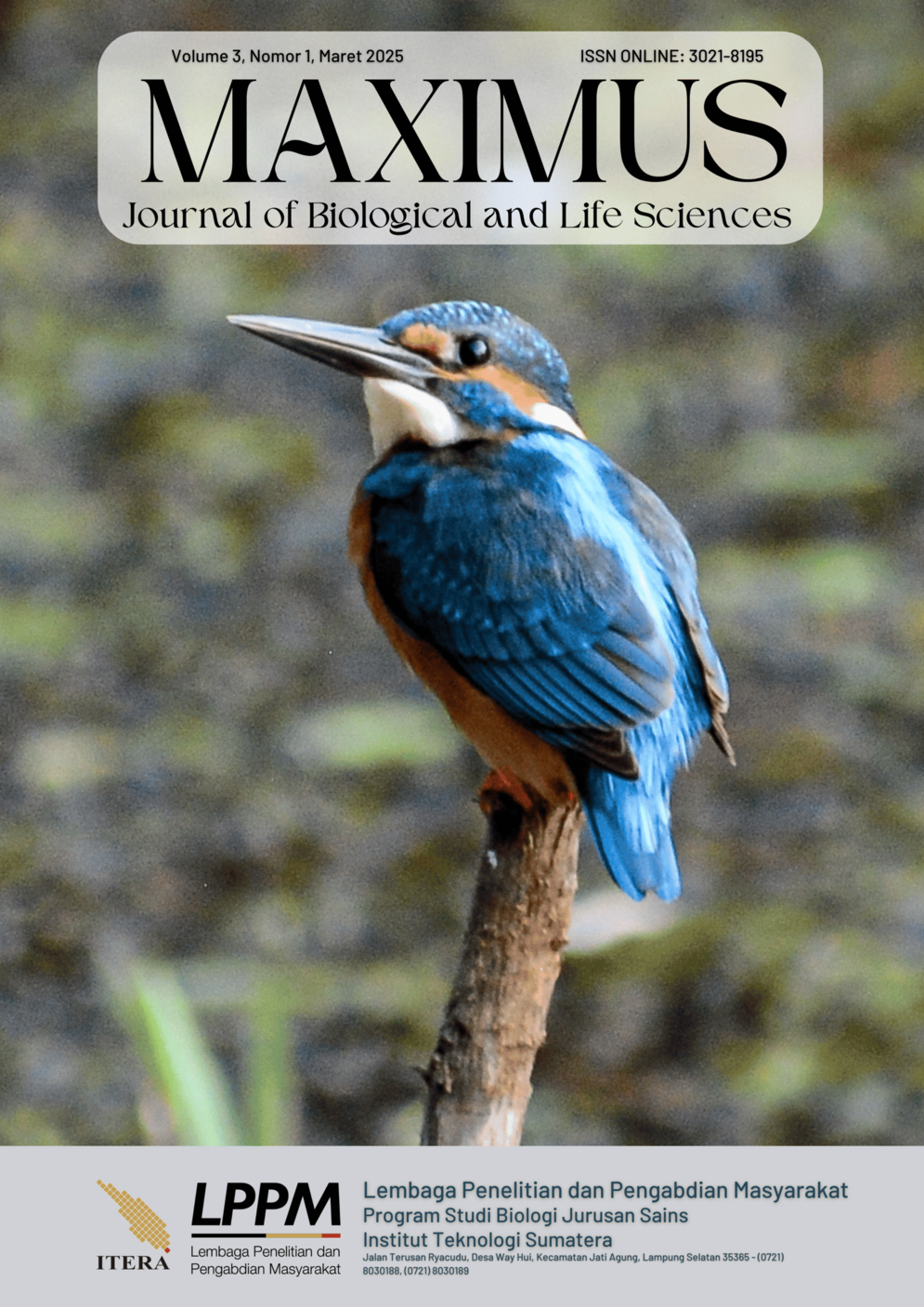Caffeine Molecular Target Identification and Protein Interaction Analysis in Alzheimer's Disease
Abstract
Caffeine is known to have various biological effects, including its potential to modulate the central nervous system. This study aims to identify the molecular targets of caffeine and explore their relationship with Alzheimer's disease using a bioinformatics approach. The methods used include target prediction using SwissTargetPrediction and SuperPred, target relationship analysis with disease through the DAVID database, protein interaction exploration and enrichment analysis using STRING-DB, and network analysis using Cytoscape. The results showed that from the total targets obtained, there were 20 overlapping targets related to Alzheimer's. Protein interaction analysis revealed 17 nodes with 32 significant interactions, which provide insight into the molecular pathways that caffeine can manipulate in the context of neuroprotection. These findings are in line with various studies showing that caffeine consumption is associated with a reduced risk of Alzheimer's through modulation of the nervous system and inflammation.
Downloads
Copyright (c) 2025 Rizka Fatriani, Yopi Haryandi, Iffa Afiqa Khairani, Hida Arliani Nur Anisa

This work is licensed under a Creative Commons Attribution-NonCommercial 4.0 International License.
All rights, title and interest in the copyright to manuscript submitted, if accepted, are hereby transferred to Maximus : Journal of Biology and Life Sciences. This includes display of the accepted article in electronic form on the internet before and/or after print publication (if any). The authors must confirm that the manuscript contains no material that would violate the copyright or any other right of any other person. The authors reserve unto themselves the following rights the right to make copies for personal teaching use, and to reproduce reasonable quantities for personal use only; the right to reuse figures and tables in articles published in other books or journals (with bibliographic reference to Maximus : Journal of Biology and Life Sciences); any proprietary rights other than copyright, including the right to any patentable subject matter contained in the manuscript and the right to deny any subsequent commercial use.







